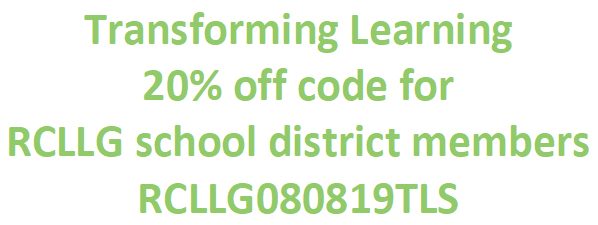By Hallmentum
Through open data, governments became more transparent to citizens. With open source, you can take government transparency to the next level.
Governments at all levels are moving to embrace open data, where governments share public data proactively with citizens. Open data can be used, reused, mixed, and shared by anyone.
For example, The US Government has an open data portal that publishes data on various topics, including agriculture, education, energy, finance, and other public data sets. When I served as Chief Information Officer in local government, we established an open data portal that shares expenses and other public data about the county that users can access in different views.
Open data means open government
Through open data, governments become more transparent. We have seen this in several instances. The Oakland Police Department used a 2016 open data study from Stanford University to address racial bias in how officers behave towards African Americans versus Caucasians during routine traffic stops. In 2017, Steve Ballmer launched the USA Facts website that uses open data to reveal how governments spend tax dollars to benefit citizens. Also from 2017, Los Angeles, California’s comprehensive Clean Streets LA initiative uses open data to assess and improve the cleanliness of public streets.
Governments at all levels have recognized that open data feeds citizen engagement. By sharing data in a way that encourages citizens to remix and transform open data to provide new insights, governments and citizens move closer together. According to the Open Data Barometer, many municipalities already provide open data for geographic information, transportation, trade, health, and education, with a mix of other open data sets. Those governments that do not yet provide an open data portal are likely working to provide one.
What is the next step beyond open data? After sharing data, what is the next evolution for governments to engage with citizens?
The next step is open source
I believe that the next step is open source. Where governments provide data sets for others to view, adapt, and remix, governments now need to offer source code for residents to view, adapt, and remix.
While there is a balance to be made in moving to government open source, the default should be to share as much source code as possible. Just as governments found a balance in providing open data, government open source must consider what software can and cannot be shared as open source software. In the same way that some data needs to remain private because it identifies individuals or because it contains certain nonpublic data, some government source code may need to remain “closed source.”
In adopting government open source, we should follow the open data model. The default in government open data is to share as much data as possible and to release public data for public consumption. That should be the same with government open source. In cases where government application development teams write custom software, we should make as much of our source code available to the public as possible.
Some government agencies are already moving to an open source model, and that is good. In August 2016, US Chief Information Officer Tony Scott and US Chief Acquisitions Officer Anne Rung issued instructions for federal departments and agencies “to release at least twenty percent of new custom-developed code as Open Source Software for three years.” In support of this directive, the US Government established an open source portal at Code.gov to share government source code under the Creative Commons Zero and other open source software licenses. Via the open source portal, users can download open source projects, toolkits, installer profiles, online forms, JavaScript widgets, and other code samples.
A matter of culture
The challenge we face in moving to government open source is not technical, but cultural. Many governments have relied on proprietary or “closed source” software for decades. Through the lens of these government IT departments, all software is proprietary. This view often extends to software that is custom-developed by municipalities.
It will take a culture shift for governments to release their source code for public access. But governments faced that same culture shift in moving to open data, and we overcame that cultural inertia. We can do the same with open source.
The benefits to adopting a government open source model are many. Like open data, government open source will provide additional transparency to citizens. Users will be free to investigate the source code, and re-use it for other purposes. Motivated citizen developers may modify the source code to fix bugs or add new features, and contribute those improvements back to the government. This last example is the ideal model, providing a feedback loop of engagement where the government partners with its citizens to improve services.
The future is open
I believe the next iteration from open data is open source. I encourage government Chief Information Officers at all levels to investigate how software created by government application development teams can be made available to outside users. Use the US open source portal as a model to set goals and measure progress. Finally, establish relationships with partners most likely to engage in government open source, including local universities and businesses.
Through open data, governments became more transparent to citizens. With government open source, Chief Information Officers have an opportunity to lead the next evolution in citizen engagement. Through open source, we can take government transparency to the next level.













